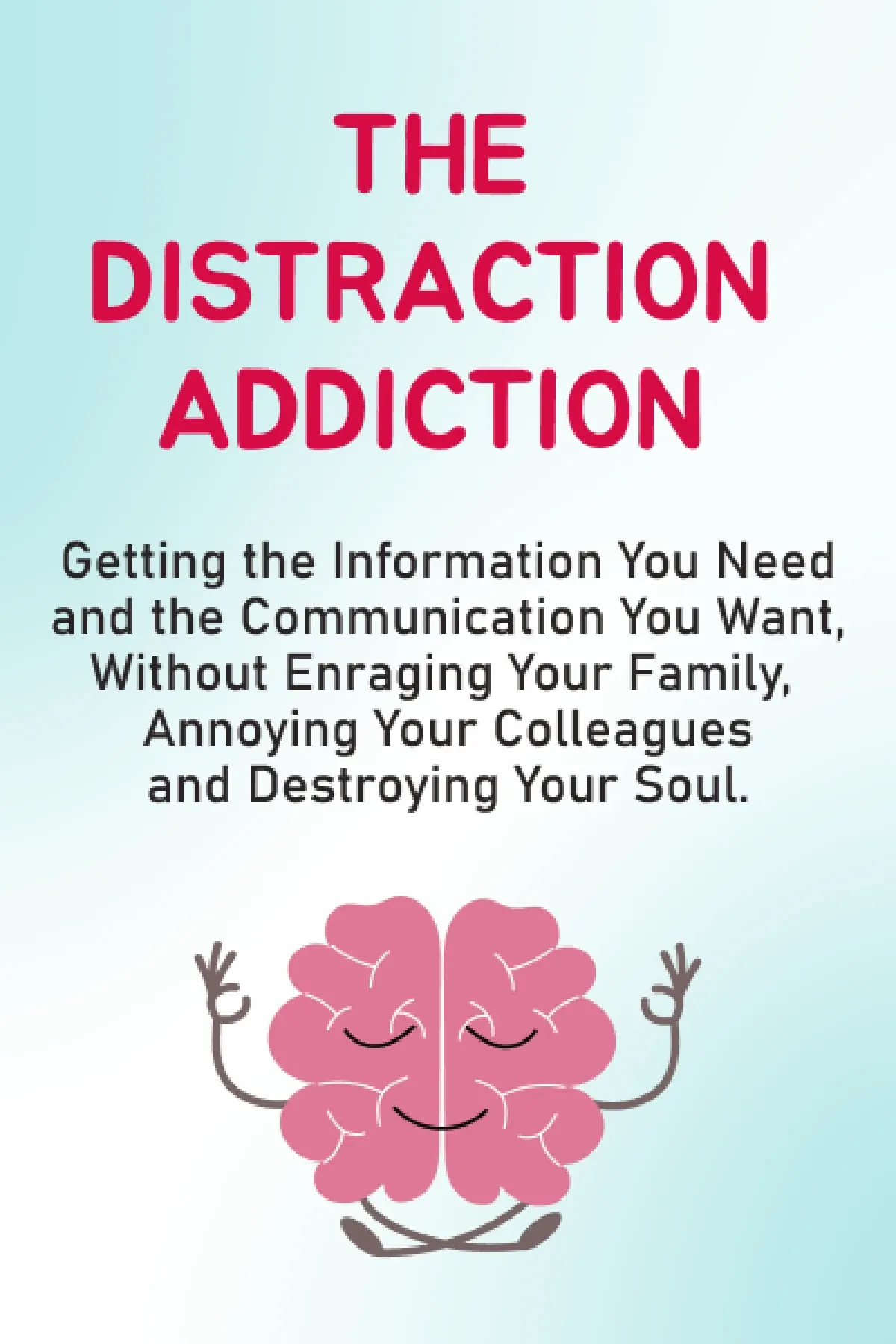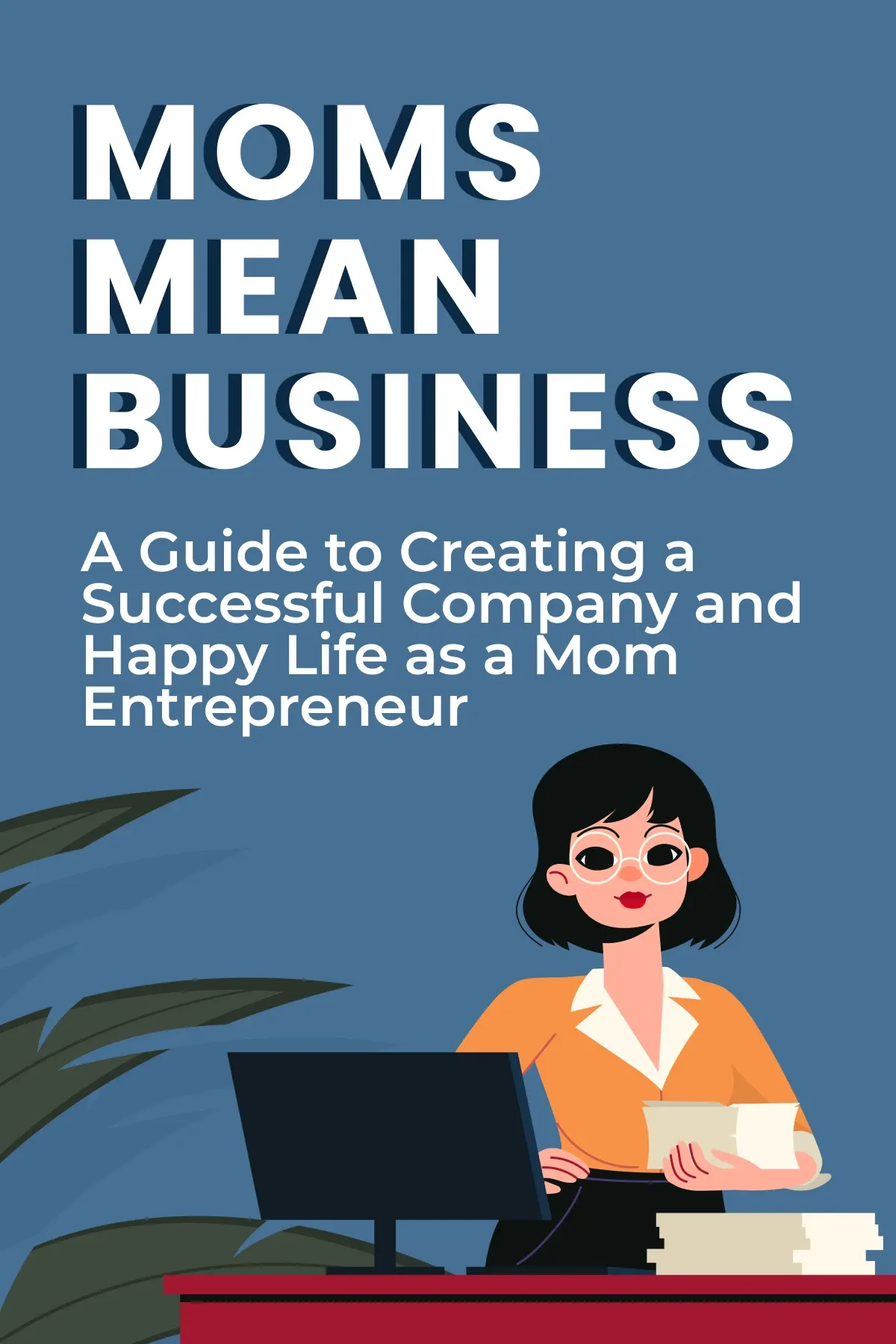
No Hard Feelings
Brief Summary
“No Hard Feelings” (2019) provides practical strategies for managing emotions in the workplace and building skills to enhance performance. The book underscores the importance of emotionally aware leadership, psychological safety, and effective communication.
Key points
Key idea 1 of 8
An employee's first day can set the tone for their entire journey. At IDEO, a design consultancy, there's a tradition. The interview panel warmly greets the new hire. Each of them shares their excitement about the recent addition to their team. And as a cherry on top, a personal touch awaits them – maybe a snack they like. Such a simple act immediately builds a bridge of connection.
For example, on the first day at a new job, an individual might feel a whirlwind of emotions, from anticipation to nervousness. When they arrive at the office, the interview panel they had met before warmly welcomes them. As soon as the newcomer believes they've received the most heartwarming welcome, they find a surprise waiting at their desk: a pack of their favorite oatmeal cookies. This thoughtful gesture alleviates initial jitters and instantly establishes a sense of belonging and connection.
Now, imagine two offices. In one, you're met with smiles, casual conversations, and shared moments. In the other one, people are busy, and there's underlying isolation, with some seeking a quiet corner for a discreet cry. Which office would you prefer? Intriguingly, these emotional vibes have real consequences. For instance, Kim Cameron from the University of Michigan points out a direct link between a lack of compassion in the workplace and a spike in employee departures. Similarly, Barry Staw from Berkeley underlines an unexpected side effect of impolite management. It leads to errors and memory lapses in the workforce.
While the problems are apparent, the solutions might be more accessible than we think. A case in point is the Ritz-Carlton Hotel Group's practice, called *the 10/5 rule*. Employees who come within ten feet of another person share a smile. If there's a five-foot distance, it's accompanied by a greeting. When tried in hospitals, this rule not only made patients happier but also boosted staff morale.
But one element trumps all – the feeling of belonging. A New York Times article from 2017 highlighted this aspect, marking the lack of belonging as a prime reason for employees to leave. Google's findings add another dimension: a warm welcome on the first day can increase productivity for many months.
In conclusion, while small gestures go a long way, the role of leadership is paramount. Their actions and attitudes set a precedent. But that's a whole new topic.
FAQ
You may also like these summaries











